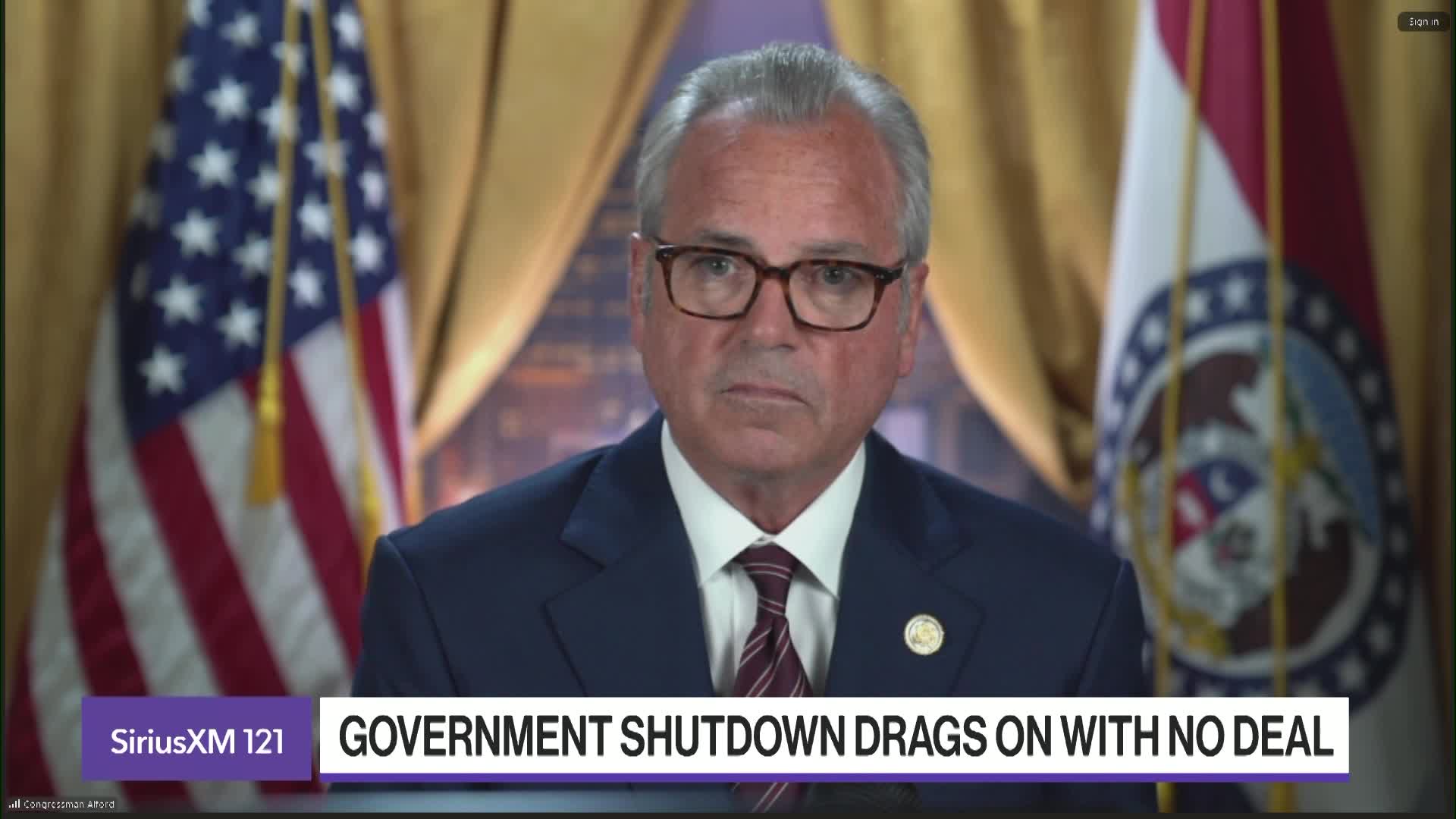The U.S.-China trade relationship has long been a linchpin of global economic stability, and the upcoming 2025 Trump-Xi summit represents a pivotal moment for investors and policymakers alike. With high-level negotiations in Stockholm and Geneva aiming to extend the current tariff truce by 90 days, the trajectory of U.S.-China economic relations—and its ripple effects on emerging markets—hangs in the balance.
The Tariff Truce and Its Fragile Foundation
The current arrangement, capping U.S. tariffs on Chinese goods at 30% and Chinese retaliatory tariffs on U.S. goods at 10%, has provided temporary stability to global supply chains. However, this truce expires on August 12, 2025, and its extension hinges on the success of negotiations led by U.S. Treasury Secretary Scott Bessent and Chinese Vice Premier He Lifeng. A failure to extend the truce could trigger a return to punitive tariffs, with U.S. rates escalating to as high as 145% and Chinese tariffs hitting 125%. Such a scenario would disrupt manufacturing, technology, and agricultural sectors, particularly for emerging markets reliant on cross-border trade.
For instance, the automotive and technology sectors, already under pressure from supply chain bottlenecks, could face further volatility. Tesla’s stock, which has fluctuated alongside trade tensions, serves as a barometer for investor sentiment in export-dependent industries. A resumption of tariffs would likely drive up production costs for U.S. automakers and tech firms, forcing them to accelerate reshoring or nearshoring strategies.
Geopolitical Leverage and Strategic Compromises
Beyond tariffs, the summit will address structural imbalances in U.S.-China trade. The Trump administration has prioritized shifting China’s export-driven model toward domestic consumption, a goal that could reshape global trade flows. Meanwhile, China has signaled openness to easing export controls on rare earth minerals and advanced semiconductors, albeit with conditions. This tug-of-war over strategic resources underscores the geopolitical stakes, as both nations seek to secure dominance in critical industries.
Emerging markets, particularly in Southeast Asia, stand to benefit from this realignment. Vietnam, India, and Indonesia have already attracted investment as alternatives to China-centric supply chains. A stabilized U.S.-China relationship could accelerate this trend, but a breakdown in negotiations would force further diversification, potentially destabilizing smaller economies unprepared for rapid shifts.
The Shanghai Composite’s performance in 2025 reflects Beijing’s cautious optimism about trade negotiations. However, its volatility highlights the uncertainty of China’s economic model under pressure from U.S. demands. For investors, this duality—between geopolitical risks and structural reforms—creates both opportunities and hazards.
Emerging Markets: Winners and Losers in a Shifting Landscape
The impact on emerging economies will depend on their integration into global value chains. Countries like Brazil and Argentina, which export agricultural goods to China, could see demand fluctuations if U.S. tariffs on Chinese oil imports are enforced. Conversely, nations with growing manufacturing capabilities—such as India and Vietnam—stand to gain from reshoring trends, provided they address infrastructure and labor challenges.
Data on global trade volume trends reveal a 12% decline in U.S.-China bilateral trade compared to pre-2020 levels, with Southeast Asia and South Asia absorbing a 9% increase in manufacturing imports. This shift underscores the growing importance of emerging markets as intermediaries in a fragmented global economy.
Investment Implications and Strategic Hedging
For investors, the key lies in balancing exposure to high-growth emerging markets with hedging against geopolitical volatility. Sectors such as rare earth minerals, semiconductors, and agricultural commodities will be critical. Additionally, companies adapting to supply chain diversification—such as those investing in automation or regional production hubs—offer long-term resilience.
Monitoring commodity price indices for rare earth minerals and oil provides insight into the economic leverage both nations hold. A drop in rare earth prices could signal increased Chinese cooperation, while rising oil prices might reflect U.S. pressure on China’s energy purchases.
Conclusion: A Delicate Balancing Act
The Trump-Xi summit is more than a trade negotiation—it is a test of the U.S. and China’s ability to reconcile economic interdependence with strategic rivalry. For emerging markets, the outcome will determine whether they emerge as beneficiaries of a stable trade environment or casualties of a renewed Cold War dynamic. Investors must remain agile, prioritizing diversification and sector-specific insights to navigate the uncertainties ahead.
In the end, the path forward hinges on whether Beijing and Washington can transform their adversarial posturing into a framework that sustains global economic stability. Until then, the markets will remain on edge, waiting for the next move in this high-stakes game of economic chess.


